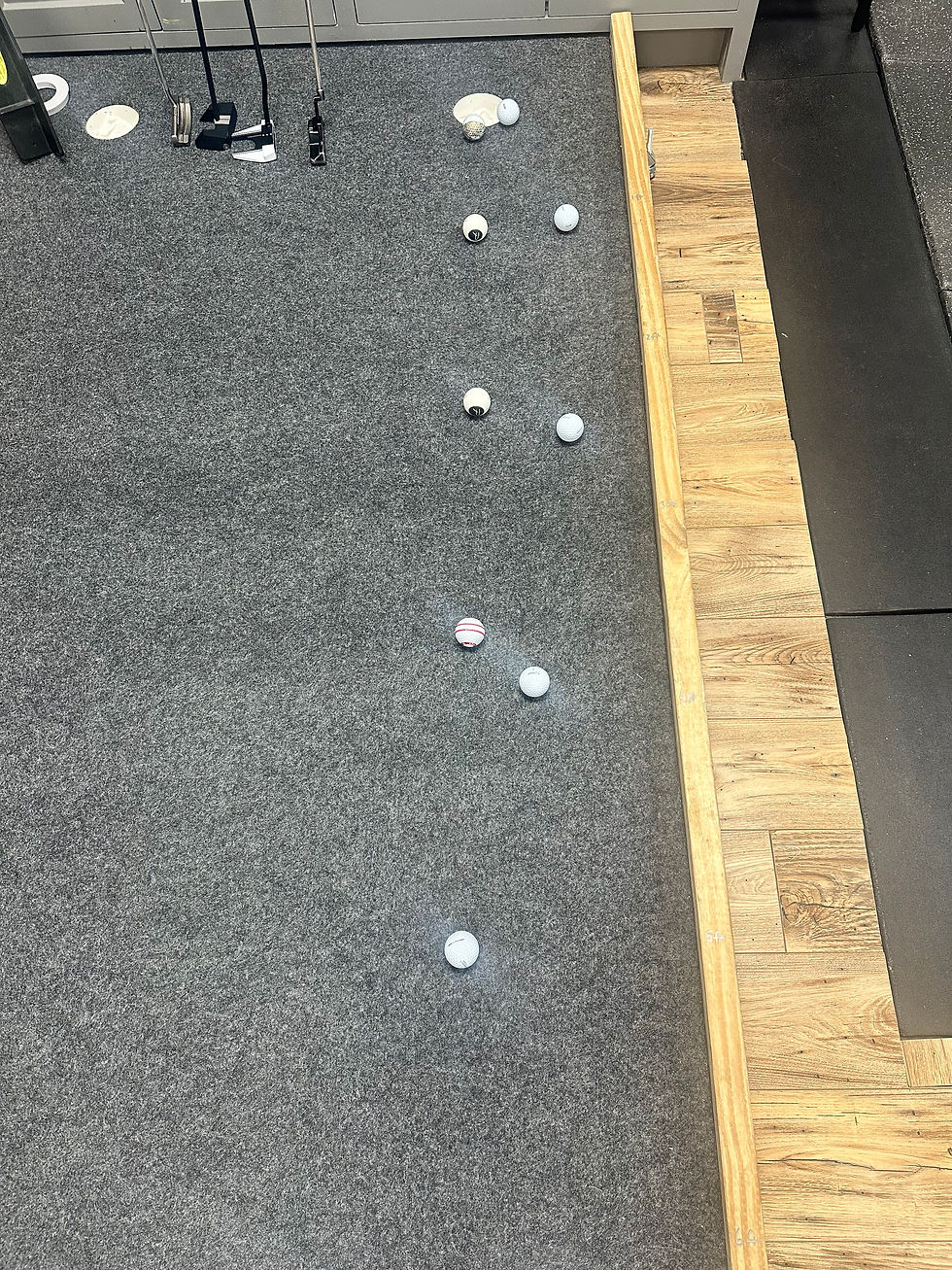Why I Like Negative Exercises (Not about Attitude)
- Michael Whitehead
- Mar 18, 2021
- 4 min read
There are a handful of exercises that people think are simple, but aren’t, and that they can do, but probably can‘t. Enter push-ups stage right.
“Not me!” you say? Let’s dive in.
Every January (and then with another spike as summer arrives) people start saying they need to get in shape, or at least get after that beach body, finally.This inevitably leads to going for a run and adding in some push-ups and crunches and whatever else some internet celebrity said to do. Which invariably leads to back pain, shoulder pain, a lack of motivation and/or a trip to the chiropractor, who then proceeds to send people to me. Let’s disrupt that system. It’s for everyone’s benefit. (Even mine)
First of all, strength IS safety. And I REALLY like safety. One of our foundational principles at WHD Fit is safe training, which is more complicated than you think and doesn’t mean doing only planks. Safe training means performing exercises from good positions, not doing more than someone can handle, working towards getting full ranges of motion, thereby allowing them to train for a lot longer. (The fastest way to get out of shape is to not workout, after all, so let’s at least avoid that.)
Push-ups are far more difficult than people realize because most people don’t use their entire body to perform them. The amount of people who maintain a neutral spine the entire time (not dipping the head towards the ground, sagging the hips and arching the back, or maintaining proper arm position) is minimal. If you don’t feel your abs while doing push-ups, you‘re likely not doing them right.
Hence why I like negative push-ups.
(Quickly though: a ”negative” exercise simply means that the focus is on the lengthening portion of an exercise. (Lengthening referring to a muscle lengthening). For instance, a negative pull-up will start from the top, with the chin over the bar, and then slowly let down until the arms are extended. A negative push-up will start from the top as well and then slowly let the body down to the ground, where you will let it rest.)
I like negative exercise for a few reasons (well, a lot of reasons, but we’ll just go with three for brevity):
First, it’s slower. Which allows people to feel more. We live in a “keep up or die” society, and we like to apply that to our workouts as well. We’re all guilty of rushing exercises to get to the end faster, knowing we weren’t quite doing them right. Maybe you even participated in some “for time” workouts, which gives incentive to speed as well. So, for me, slowing down is a win, because you’ll be able to feel if the right things are in the right place. Remember safety is the goal, and slower typically means safer, when it comes to fitness. We all think we should be more present in what we’re doing anyways, and this will almost guarantee it. (Although you’ll wish you were sitting on a beach far removed while your muscles are starting to find some of the pleasant lactic acid burn)
Second, it’s some pretty great bang for the buck. Avoiding getting into the actual science of what’s going on, which is pretty cool, how about we simply say that there’s a lot of time under tension in a negative rep. This extra tension is breaking down the muscle, which is gonna make you stronger. But! The joint isn’t going to do as many reps! How cool is that? Time under tension goes up, but rep count usually goes down. For those with joint issues, I typically consider that a win.
Third, it’s easier typically (well, kind of!). Often times the hard part of a rep is the contraction (shortening). Many people can do the let-down on a pull-up but not the pull. Many people who need to elevate their hands on normal push-ups can do negatives on the ground. I sometimes prefer these to other regressions, just because it’s more like what we’re working towards.
Without further ado, here’s a link to a YouTube video of ours showing how to properly do the negative push-up:

Big focuses: Maintaining a great neutral spine. We want to perform every exercise with a proper understanding of what our spine is doing and usually an engaged midsection.
Breathing properly. No holding of the breath shall be had! I very much like to have my folks exhale all the way down during the exercise, this forces more ab/oblique/transverse abs engagement due to the connection of it all with the diaphragm (your breathing muscle).
Squeezing the heels and glutes (butt) together. This engages the lower sections of the body thereby ”locking” them in and forcing the muscles we want to work to do the work (for the push-up: chest, abs and shoulders).
Beyond that, it’s simply about doing the work. Start with however many reps feels about like a 7/10 on difficulty scale, (don’t forget that you can elevate your hands on a bench/box/chair to make it easier) ((which I prefer to going to the knees)) and then rather than increasing reps as you progress, think about slowing the current amount of reps down. If you start with a 3-second descent, work to 5. Then work to 7. Then 1000. No, I’m kidding, I personally would never recommend going above 999 on a negative exercise.... that’s the cap. As you build strength, I’m confident you will know when to start doing ”regular“ reps, which there certainly is a time and place for.
Enjoy!
-Michael






Comments